Trong bài viết này, chúng tôi sẽ khám phá thế giới ngôn ngữ tiếng Anh thông qua các trò chơi và bài tập thú vị cho trẻ em. Bằng cách kết hợp học tập với những hoạt động hấp dẫn, chúng tôi hy vọng sẽ giúp trẻ em phát triển kỹ năng ngôn ngữ và hiểu biết về thế giới xung quanh một cách tự nhiên và vui vẻ.
Tree (Cây
In the heart of the park, there stood a tall tree. Its branches stretched high into the sky, like arms reaching for the clouds. The leaves of the tree were a vibrant green, shimmering in the sunlight. They rustled gently in the wind, creating a soothing sound like a soft melody.
The tree was home to many creatures. A squirrel scampered up and down its trunk, gathering nuts for the winter. A sparrow perched on a branch, chirping away happily. A caterpillar wrapped itself in a cozy cocoon, soon to transform into a beautiful butterfly.
The tree provided shade and comfort for the park-goers. Children would climb its branches, laughing and playing hide-and-seek. Older people would sit beneath its boughs, enjoying the cool breeze and the peaceful surroundings. The tree was a symbol of life and growth, a place where memories were made.
One sunny afternoon, a young boy named Tommy approached the tree. He was curious about the creatures that lived there. “Hello, tree,” he whispered. “Do you know what makes you so special?”
The tree spoke in a gentle voice, “I am special because I give life to so many. I provide shelter for animals, shade for people, and beauty for the eyes. I am a part of nature, and nature is precious.”
Tommy listened intently, his eyes wide with wonder. “I never knew trees could talk,” he said.
The tree smiled, “Trees have always had a way of speaking. They tell stories, they share secrets, and they listen to our thoughts. Just like you, I have a story to tell.”
As the sun began to set, Tommy and the tree shared their stories. Tommy talked about his family, his friends, and his dreams. The tree talked about the seasons, the weather, and the changes it had witnessed over the years.
As they talked, Tommy realized that trees were not just living beings, but wise mentors. He promised to take care of the tree and to cherish the beauty of nature.
From that day on, Tommy visited the tree every day. He would bring books to read, songs to sing, and stories to share. The tree listened intently, its branches swaying gently with the wind.
The tree became Tommy’s best friend, and together, they learned the importance of nature, the beauty of silence, and the magic of friendship.
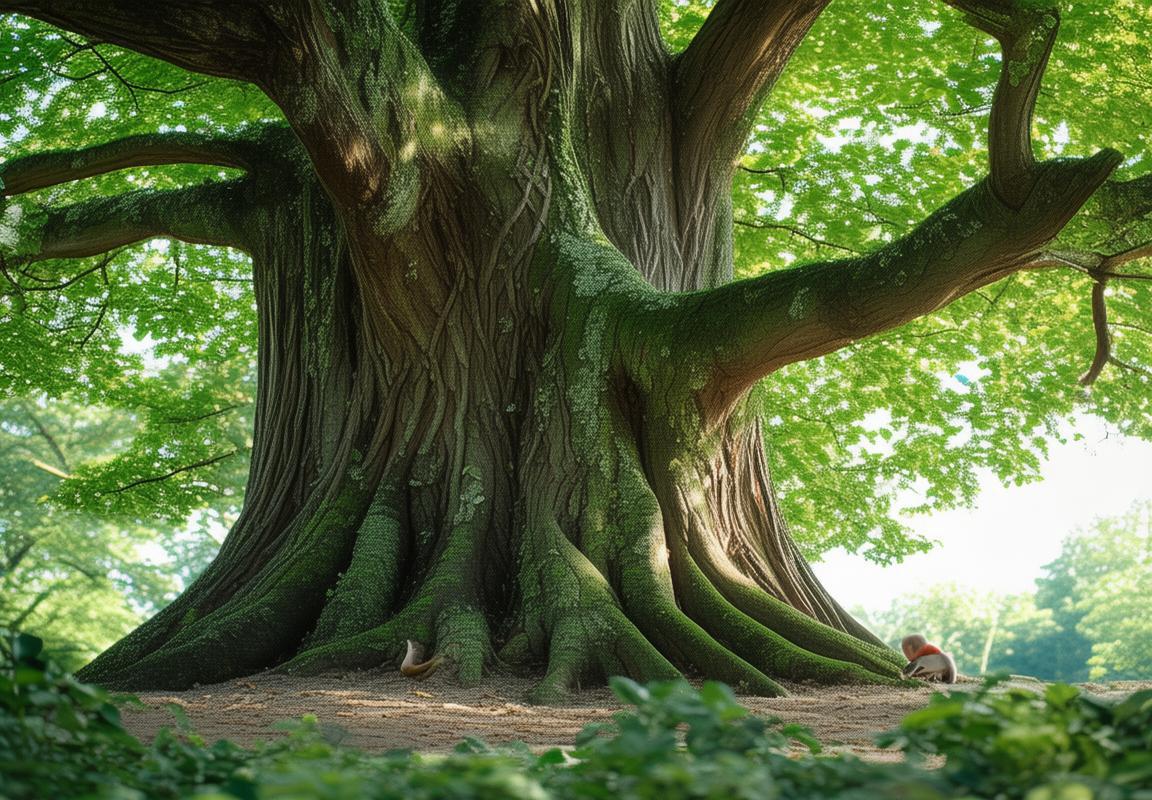
River (Sông
Bài tập viết số tiếng Anh qua việc vẽ hình
- Number 1 (Số 1)
- Hình ảnh: Một con gà nhỏ đang đứng một mình trên một mảnh đất trống.
- Câu hỏi: “How many chickens are there?” (Có bao nhiêu con gà?)
- Number 2 (Số 2)
- Hình ảnh: Hai con cá bơi lội trong một ao nước.
- Câu hỏi: “How many fish are there?” (Có bao nhiêu con cá?)
- Number 3 (Số 3)
- Hình ảnh: Ba con chim đang đứng trên một cành cây.
- Câu hỏi: “How many birds are there?” (Có bao nhiêu con chim?)
- Number 4 (Số 4)
- Hình ảnh: Bốn con thỏ đang chạy trong một khu rừng.
- Câu hỏi: “How many rabbits are there?” (Có bao nhiêu con thỏ?)
- Number 5 (Số 5)
- Hình ảnh: Năm con bò đang ăn cỏ trên một đồng cỏ xanh.
- Câu hỏi: “How many cows are there?” (Có bao nhiêu con bò?)
- Number 6 (Số 6)
- Hình ảnh: Sáu con cá voi đang bơi lội trong đại dương.
- Câu hỏi: “How many whales are there?” (Có bao nhiêu con cá voi?)
- Number 7 (Số 7)
- Hình ảnh: Bảy con khỉ đang chơi đùa trong rừng.
- Câu hỏi: “How many monkeys are there?” (Có bao nhiêu con khỉ?)
- Number 8 (Số 8)
- Hình ảnh: Tám con ngựa đang chạy trên một con đường.
- Câu hỏi: “How many horses are there?” (Có bao nhiêu con ngựa?)
- Number 9 (Số 9)
- Hình ảnh: Chín con bò tót đang nhảy múa trong một khu vườn.
- Câu hỏi: “How many giraffes are there?” (Có bao nhiêu con bò tót?)
- Number 10 (Số 10)
- Hình ảnh: Mười con mèo đang nằm thư giãn trong một căn phòng.
- Câu hỏi: “How many cats are there?” (Có bao nhiêu con mèo?)
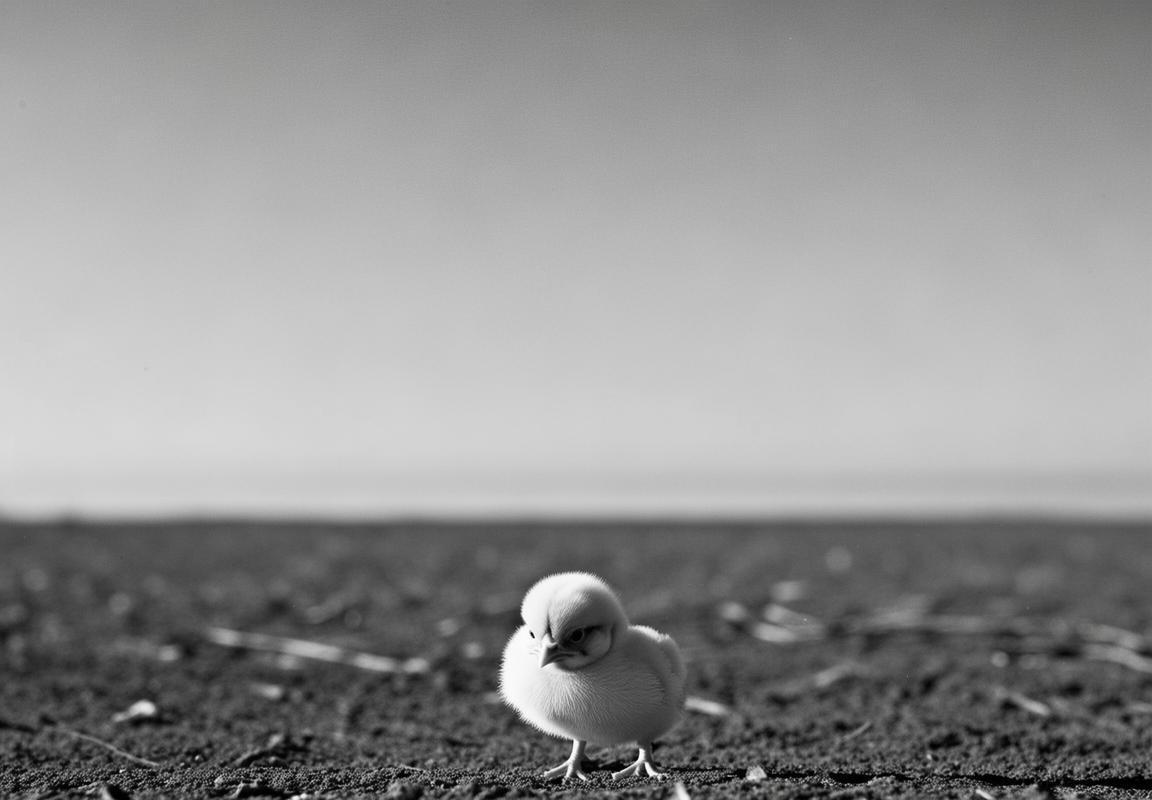
Beach (Bãi biển
Trò Chơi Tìm Từ ẩn Tiếng Anh Liên Quan Đến Môi Trường Xung Quanh
Mục Tiêu:
Giúp trẻ em nhận biết và sử dụng từ tiếng Anh liên quan đến môi trường xung quanh, đồng thời tăng cường kỹ năng đọc và viết.
Hình Ảnh và Từ Đề:
- Tree (Cây)
- Image: Hình ảnh một cây xanh
- Hidden Word: Leaves (Lá)
- River (Sông)
- Image: Hình ảnh một con sông
- Hidden Word: Water (Nước)
- Beach (Bãi biển)
- Image: Hình ảnh một bãi biển
- Hidden Word: Sand (Cát)
- Mountain (Núi)
- Image: Hình ảnh một ngọn núi
- Hidden Word: Rocks (Đá)
- Sun (Mặt trời)
- Image: Hình ảnh một mặt trời
- Hidden Word: Sky (Bầu trời)
- Cloud (Núi)
- Image: Hình ảnh một đám mây
- Hidden Word: White (Trắng)
- House (Nhà)
- Image: Hình ảnh một ngôi nhà
- Hidden Word: Roof (Chóp nhà)
- Car (Xe)
- Image: Hình ảnh một chiếc xe
- Hidden Word: Wheel (Lốp)
- Plane (Máy bay)
- Image: Hình ảnh một chiếc máy bay
- Hidden Word: Air (Khí)
- Garden (Vườn)
- Image: Hình ảnh một vườn
- Hidden Word: Flowers (Hoa)
Cách Chơi:
- Hiển Thị Hình Ảnh: Hiển thị hình ảnh của mỗi từ trên trang hoặc bảng đen.
- Đọc Tên Hình Ảnh: Đọc tên của hình ảnh cho trẻ em nghe.
- Đọc Từ Đề: Đọc từ đề cho trẻ em nghe và yêu cầu họ tìm từ ẩn trong hình ảnh.
- Đếm và Đọc: Khi trẻ em tìm thấy từ ẩn, yêu cầu họ đếm và đọc lại từ đó.
Hoạt Động Thực Hành:
- Vẽ Hình: Yêu cầu trẻ em vẽ một bức tranh ngắn bao gồm các từ và hình ảnh mà họ đã tìm thấy.
- Đọc Truyện: Chia sẻ một câu chuyện ngắn về môi trường xung quanh và sử dụng các từ đã học.
Kết Luận:
Trò chơi này không chỉ giúp trẻ em học từ tiếng Anh mà còn tăng cường nhận thức về môi trường xung quanh và sự liên kết giữa ngôn ngữ và thế giới thực.
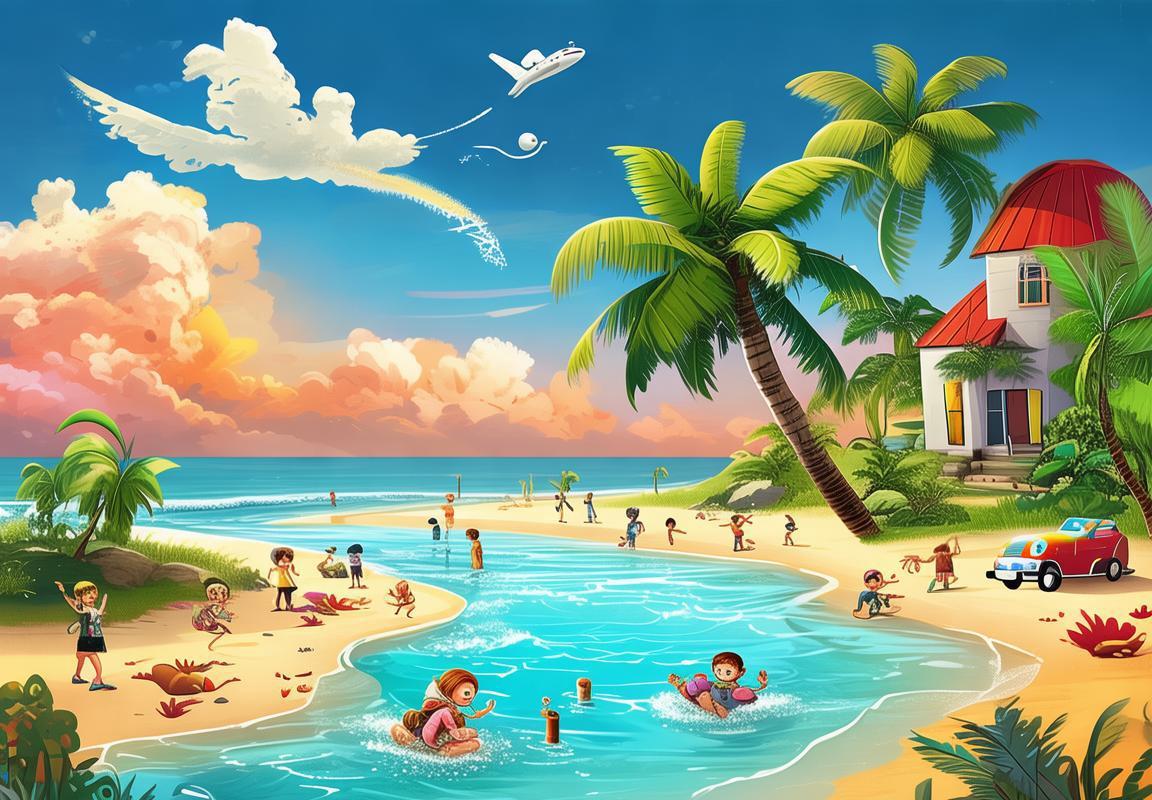
Mountain (Núi
Beach (Bãi biển)
In the middle of a sunny day, a group of children are playing by the beach. The sand is golden and the waves are gently crashing against the shore. Here is a conversation between the children:
Emily: Look at the beautiful beach! The sand is so soft and the water is so clear.
Tom: Yes, it’s a perfect day to play in the sand and swim in the ocean.
Sarah: Hey, do you know what’s in the water?
Jack: I think there are fish and crabs. I’ve seen them before in the ocean.
Emily: I wish I could see them too. Maybe we can go snorkeling and explore the underwater world.
Tom: That sounds fun! I’ve never tried snorkeling before.
Sarah: Me neither. But I’m excited to learn about the ocean and its creatures.
Jack: I heard that there are also sea turtles here. They are really big and they like to lay their eggs on the beach.
Emily: Wow, that’s amazing! I can’t wait to see them.
As they continue to play, they start talking about the colors they see around them.
Tom: Look at the sky. It’s a beautiful shade of blue.
Sarah: And the ocean is a deep blue too. It’s so calm and peaceful.
Jack: The sand is white, and the waves are sparkling with tiny droplets of water.
Emily: I love the greenery around us. There are palm trees and seagulls flying overhead.
Tom: It’s like a magical place. I feel so happy here.
Sarah: Me too. I can’t wait to come back here again and again.
They spend the rest of the day playing in the sand, building sandcastles, and splashing in the water. The beach is a perfect place for them to have fun and learn about the ocean and its wonders.
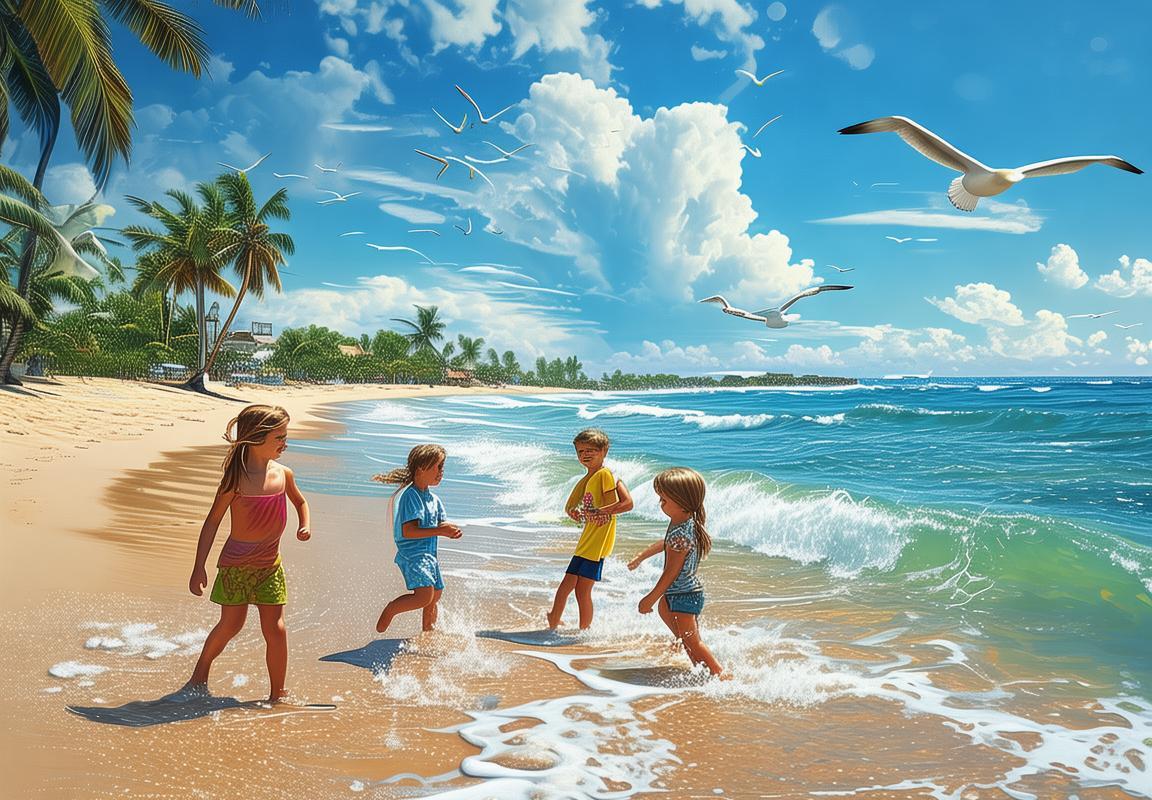
Sun (Mặt trời
Beach (Bãi biển)
In the sunny morning, we visited the beautiful beach. The beach was wide and long, with soft white sand. The waves gently touched the shore, making a soothing sound. Little children were playing in the sand, building castles and finding seashells. The sky was a bright blue, with fluffy white clouds floating by.
On the beach, there were colorful beach umbrellas and sun loungers. Some people were reading books, others were playing beach volleyball. The sea was crystal clear, with colorful fish swimming around. We saw a seagull flying above the water, searching for food.
We played in the water, splashing each other and building sandcastles. The sun was shining brightly, and we all wore hats and sunglasses to protect ourselves from the sun. We built a big sandcastle with a moat and a drawbridge, and we were so proud of it!
After playing, we sat under the beach umbrellas and enjoyed ice cream. We watched the sunset, with the sky turning shades of orange, pink, and purple. The beach was a magical place, and we couldn’t wait to come back another day.
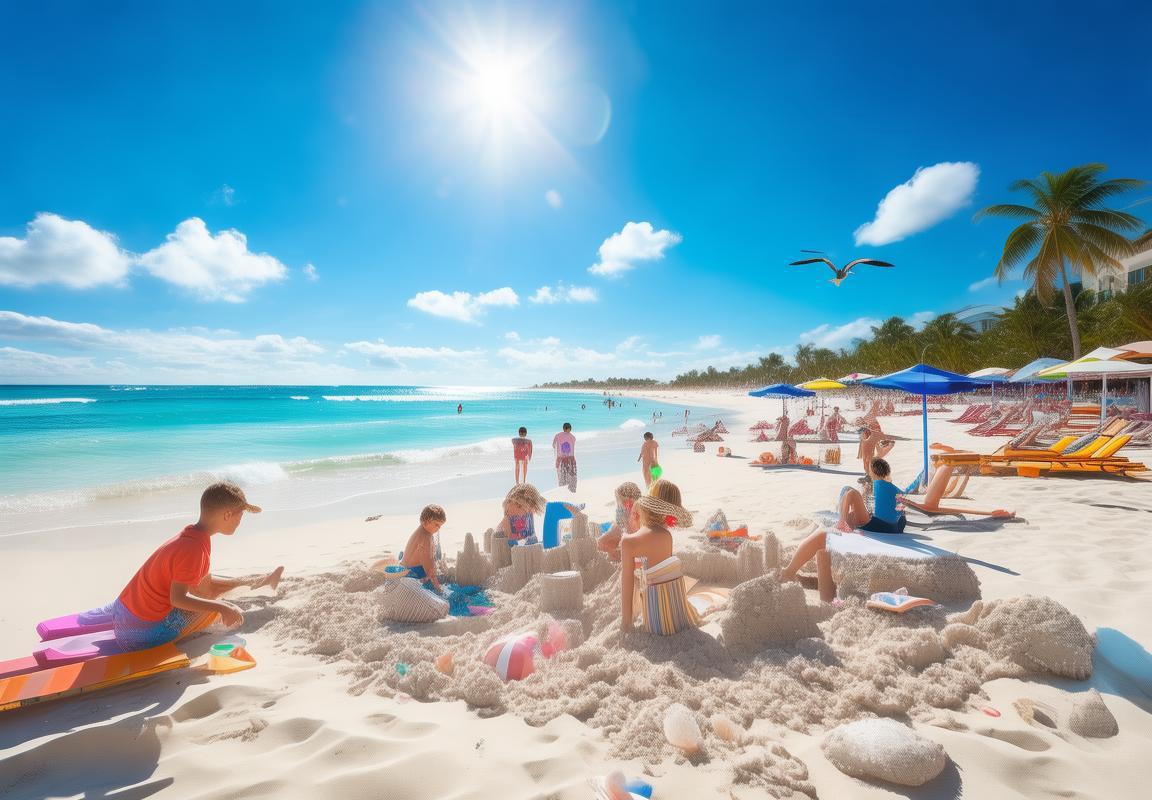
Cloud (Núi
Tạo hội thoại về việc mua đồ trong cửa hàng trẻ em, sử dụng tiếng Anh đơn giản
Hội thoại:
Child: (Cười) Mình muốn mua một cái xe đạp! (Chỉ vào một chiếc xe đạp trong cửa hàng)
Salesperson: (Nở nụ cười) Wow, một chiếc xe đạp rất đẹp! Bạn có muốn thử xe không?
Child: (Vui vẻ) Có! (Đi tới và thử xe)
Salesperson: (Khen ngợi) Bạn lái rất tốt! Bạn có muốn thêm một cái balo không? Nó rất tiện lợi cho khi đi xe đạp.
Child: (Đắn đo) Balo à? (Chỉ vào balo) Có màu hồng không?
Salesperson: (Đồng ý) Có rồi! Màu hồng rất đẹp! Bạn có muốn thử xem nó có vừa không?
Child: (Vui vẻ) Dạ, mình thử xem. (Thử balo)
Salesperson: (Khen ngợi) Dạ, balo này rất vừa! Bạn có muốn mua cả hai không?
Child: (Cười) Dạ, mình mua cả hai! (Chỉ vào xe đạp và balo)
Salesperson: (Vui vẻ) Rất tốt! Tôi sẽ giúp bạn gói hàng. (Gói hàng và đưa cho trẻ)
Child: (Cảm ơn) Cảm ơn bạn! Mình rất thích xe đạp và balo này!
Salesperson: (Cười) Rất vui vì bạn thích! Hãy nhớ giữ xe đạp và balo của bạn cẩn thận nhé! (Cảm ơn và chào tạm biệt)

House (Nhà
Child 1: Hello! What’s this?
Child 2: Hi! It’s a toy car. Do you want it?
Child 1: Yes, I do! How much is it?
Child 2: It’s $5. Do you have enough money?
Child 1: Yes, I have $5. Can I have the toy car?
Child 2: Sure! Here you go.
Child 1: Thank you! I love it!
Child 2: You’re welcome! Have fun with your new toy car!
Child 1: Excuse me, do you have any pencils?
Child 2: Yes, we do. What color do you want?
Child 1: I want a blue one. How much is it?
Child 2: It’s $2. Do you have enough money?
Child 1: Yes, I have $3. Can I buy the blue pencil?
Child 2: Of course! Here you are.
Child 1: Thank you! I’m going to color my pictures with it.
Child 2: You’re welcome! Enjoy coloring!
Child 1: Hi, can I try on this dress?
Child 2: Sure! Try it on and see if it fits you.
Child 1: Oh, it’s so beautiful! How much is it?
Child 2: It’s $10. Do you want to buy it?
Child 1: Yes, I do! I have $10. Can I have the dress?
Child 2: Absolutely! Here you are.
Child 1: Thank you! I’m going to wear it to the party.
Child 2: You look fantastic! Have a great time at the party!
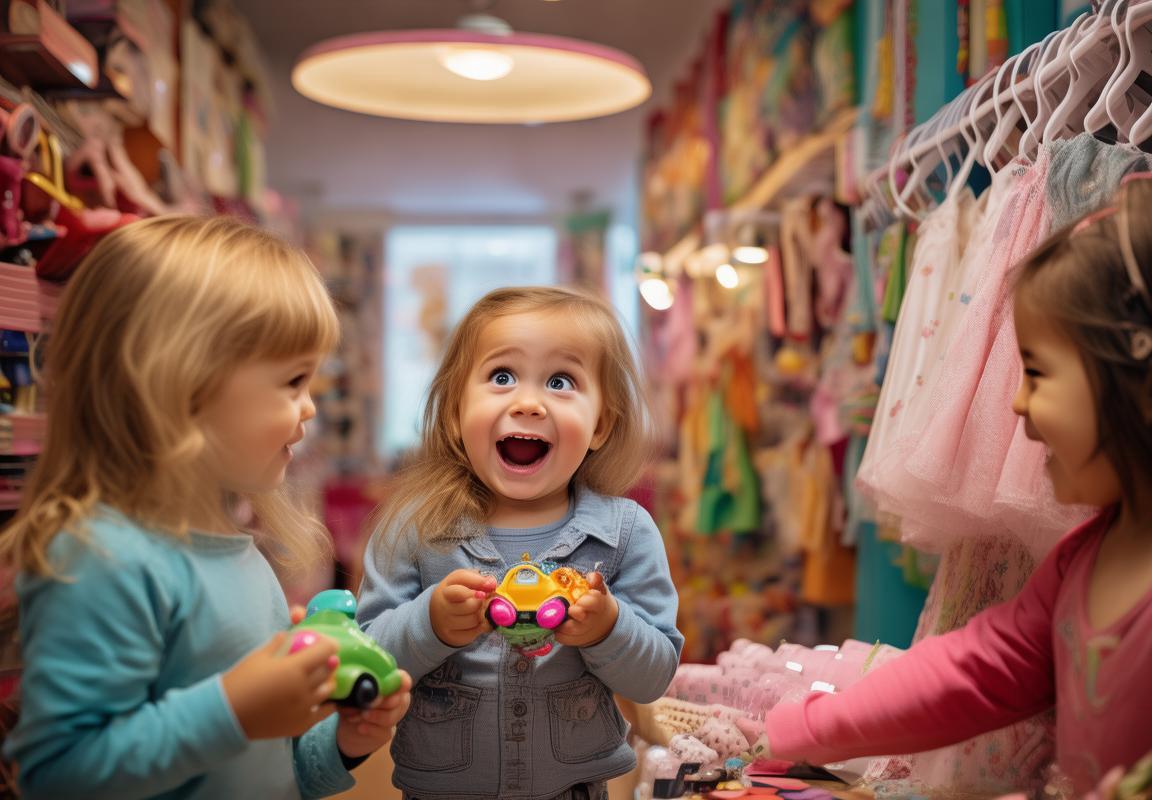
Car (Xe
In the city, there are many cars. Cars are used to travel from one place to another. They have four wheels and run on roads. Let’s talk about cars and how they work.
What do cars look like?Cars come in different shapes and sizes. Some cars are small and some are big. They have doors, windows, and a roof. Cars can be red, blue, yellow, or any other color.
How do cars work?Cars need fuel to run. The most common type of fuel is gasoline. When you turn on the engine, the car starts moving. The engine is like the heart of the car. It makes the car go faster or slower.
What are some parts of a car?– Engine: The heart of the car that makes it go.- Wheel: The part of the car that touches the ground and helps it move.- Tyre: The rubber part of the wheel that provides grip on the road.- Doors: The openings in the car where people get in and out.- Windows: The glass parts in the car that let light in and protect the passengers.
What do you do when you ride in a car?When you ride in a car, you sit in the seat. You can talk to the driver or listen to music. Cars can go fast, so it’s important to wear a seatbelt to stay safe.
Let’s play a game!Imagine you are in a car. Can you name some things you might see outside the car? (Sky, houses, trees, other cars, etc.)
Conclusion:Cars are an important part of our lives. They help us get to school, work, and visit friends. Cars are also fun to ride in and learn about. Remember to be safe when you’re in a car and always wear a seatbelt!

Plane (Máy bay
A plane is a big machine with wings that flies in the sky. It’s like a giant bird that can carry many people and things from one place to another very quickly. Let’s explore some fun facts about planes:
-
Wings: The wings of a plane are very important because they help it fly. When the plane moves forward, the wings push against the air, creating lift that makes the plane rise up.
-
** Engines**: Planes have engines that make them go fast. These engines are like big fans that push the plane through the air.
-
Windows: The windows on a plane are made of special glass that doesn’t break easily. They let you see the sky and the beautiful view outside.
-
Seats: Inside a plane, there are seats where passengers can sit. The seats are arranged in rows and are connected to the wings and engines.
-
Navigation: Planes have many tools to help them find their way. These include GPS systems, radar, and maps.
-
Landing: When a plane lands, the wheels come down from the bottom of the plane and touch the ground. The pilot uses special controls to make the plane land safely.
-
Food: Planes often have a small kitchen where they prepare food for passengers. You can find sandwiches, drinks, and sometimes even special meals on long flights.
-
Movies: Many planes have screens where passengers can watch movies or TV shows during the flight.
-
Safety: Safety is very important on planes. There are emergency exits, life jackets, and oxygen masks in case of an emergency.
-
Travel: Planes make it possible for people to travel long distances quickly, making it easier to visit family, friends, or explore new places.
Now, let’s imagine a little story about a plane:
Story: The Adventure of the Skybird
Once upon a time, there was a plane called the Skybird. The Skybird was a beautiful plane with shiny wings and a friendly smile. One day, the Skybird was told to fly to a faraway land called Rainbowland.
The Skybird took off from the airport and soared into the sky. As it flew, the Skybird saw beautiful clouds, sunny skies, and colorful rainbows. The Skybird made new friends with the birds in the sky and the clouds in the sky.
After a long journey, the Skybird finally arrived in Rainbowland. The people in Rainbowland were so happy to see the Skybird that they gave it a big welcome party. The Skybird shared stories with the people and showed them how to fly like a bird.
In the end, the Skybird flew back home, happy and tired, but also very proud of its adventure. And so, the Skybird continued to fly, bringing joy and excitement to all the children in Rainbowland.
Through this story, we can learn about the importance of planes in our lives and how they make it possible for us to explore the world.

Garden (Vườn
Tạo nội dung học về các bộ phận của cơ thể bằng tiếng Anh kèm hoạt động thực hành
1. Introduction
- Objective: Introduce children to the basic parts of the body in English and engage them in interactive activities.
- Materials: English flashcards of body parts, a whiteboard, markers, and a small mirror for each child.
2. Warm-up Activity: Body Parts Song
- Activity: Play a fun song about body parts. Children can follow along and point to their own body parts as they sing.
- Materials: Body Parts Song CD or YouTube video.
3. Interactive Flashcards
- Activity: Display English flashcards of body parts on the whiteboard. Ask children to identify each part and point to it on their own bodies.
- Materials: Body parts flashcards.
4. Body Parts Hunt
- Activity: Hide body part flashcards around the classroom. Children must find the cards and place them on their own bodies.
- Materials: Body parts flashcards, classroom space.
5. Drawing Activity: My Body
- Activity: Each child draws a picture of their own body on a piece of paper. They can label each part in English.
- Materials: Drawing paper, crayons, and English labels for body parts.
6. Role Play
- Activity: Children act out different activities while naming the body parts they are using. For example, a child can stand up and say, “I am standing on my feet.”
- Materials: No additional materials needed.
7. Review and Quiz
- Activity: Review the body parts with a quick quiz. Ask children to identify body parts from pictures or by pointing to their own bodies.
- Materials: Body parts flashcards and pictures.
8. Conclusion
- Activity: Have a group discussion about what they learned today and how to use the new vocabulary in everyday life.
9. Homework
- Assignment: Children can create a simple drawing or story about their day, using the body parts they learned.
10. Assessment
- Method: Observe children’s participation in activities, their ability to identify body parts, and their engagement in the lesson.
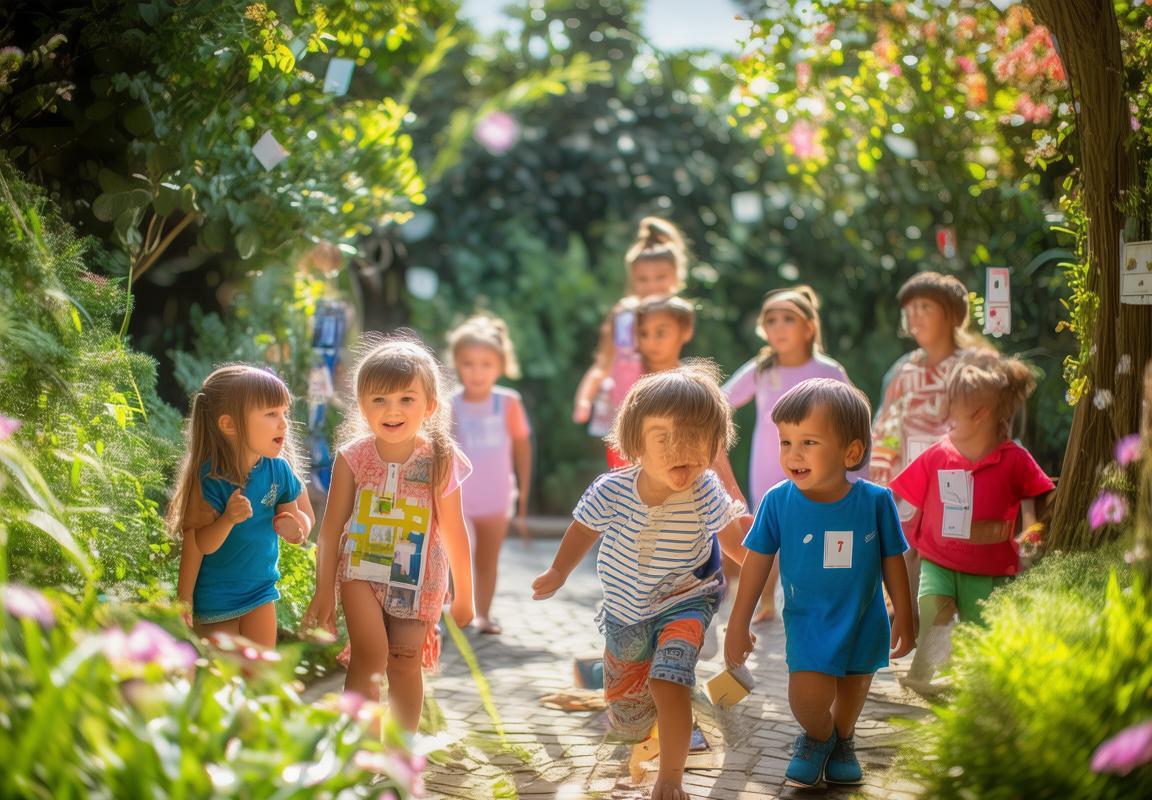
Hiển Thị Hình Ảnh**: Hiển thị hình ảnh của mỗi từ trên trang hoặc bảng đen
Hiển Thị Hình Ảnh:– Trên trang hoặc bảng đen, hiển thị hình ảnh của một cây xanh. Hình ảnh có thể là một cây lớn với lá xanh mướt và cành chẻ ngang.- Kèm theo hình ảnh, viết từ “Tree” (Cây) dưới hình ảnh.- Đảm bảo rằng hình ảnh và từ đều rõ ràng và dễ nhìn cho trẻ em.
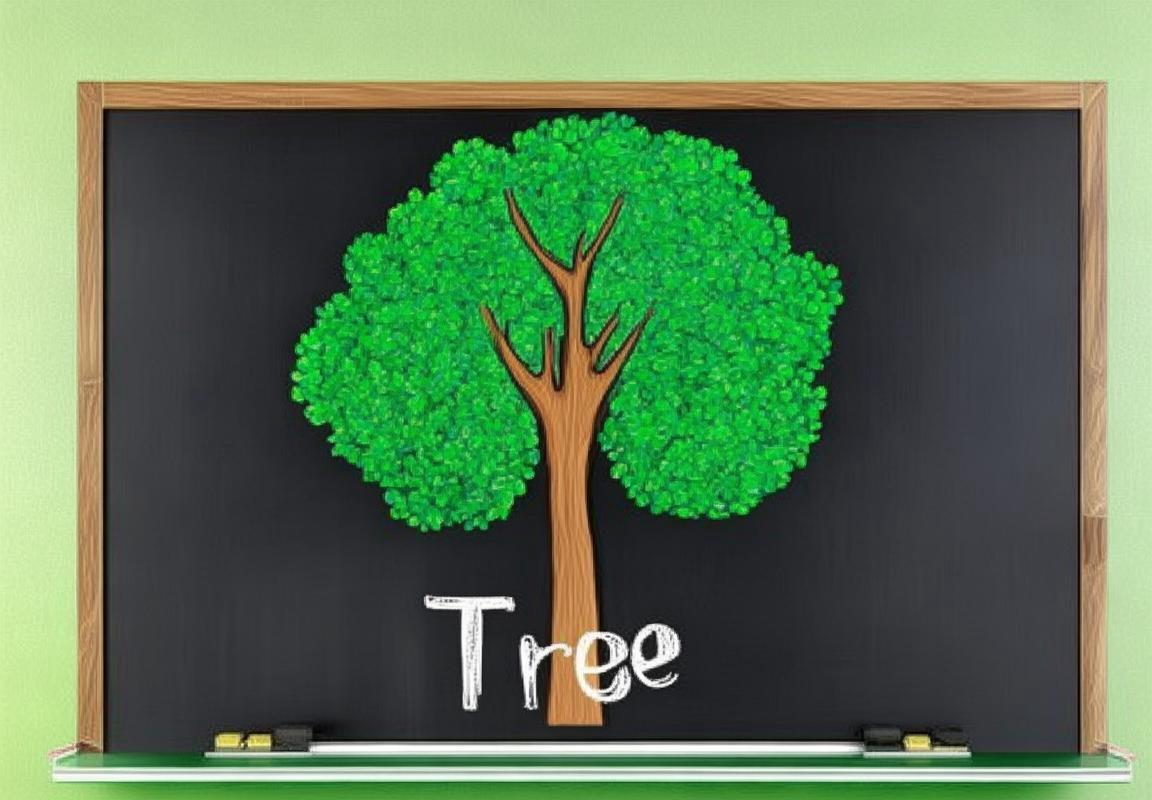
Đọc Tên Hình Ảnh**: Đọc tên của hình ảnh cho trẻ em nghe
Đọc Tên Hình Ảnh:
- Tree: “Look at this picture. It’s a tree. A tree has many leaves.”
- River: “Here is a river. A river flows with water.”
- Beach: “This is a beach. The beach has sand and water.”
- Mountain: “Look at the mountain. Mountains are big and have many rocks.”
- Sun: “This is the sun. The sun is very big and gives us light and heat.”
- Cloud: “Look at the cloud. Clouds are white and float in the sky.”
- House: “This is a house. A house is where people live.”
- Car: “Here is a car. Cars have wheels and go on the road.”
- Plane: “This is a plane. Planes fly in the sky.”
- Garden: “This is a garden. A garden has flowers and plants.”
Hoạt Động Thực Hành:
- Vẽ Hình: Yêu cầu trẻ em vẽ một bức tranh ngắn bao gồm các hình ảnh mà họ đã nhìn thấy.
- Chia Sẻ: Hỏi trẻ em về mỗi hình ảnh và mô tả ngắn gọn về nó.
- Chơi Trò Chơi: Tạo một trò chơi đoán từ bằng cách che đi một phần tên của mỗi hình ảnh và yêu cầu trẻ em đoán từ còn lại.
Kết Luận:
Qua các hoạt động này, trẻ em sẽ không chỉ học được từ mới mà còn tăng cường kỹ năng quan sát và tưởng tượng của mình.
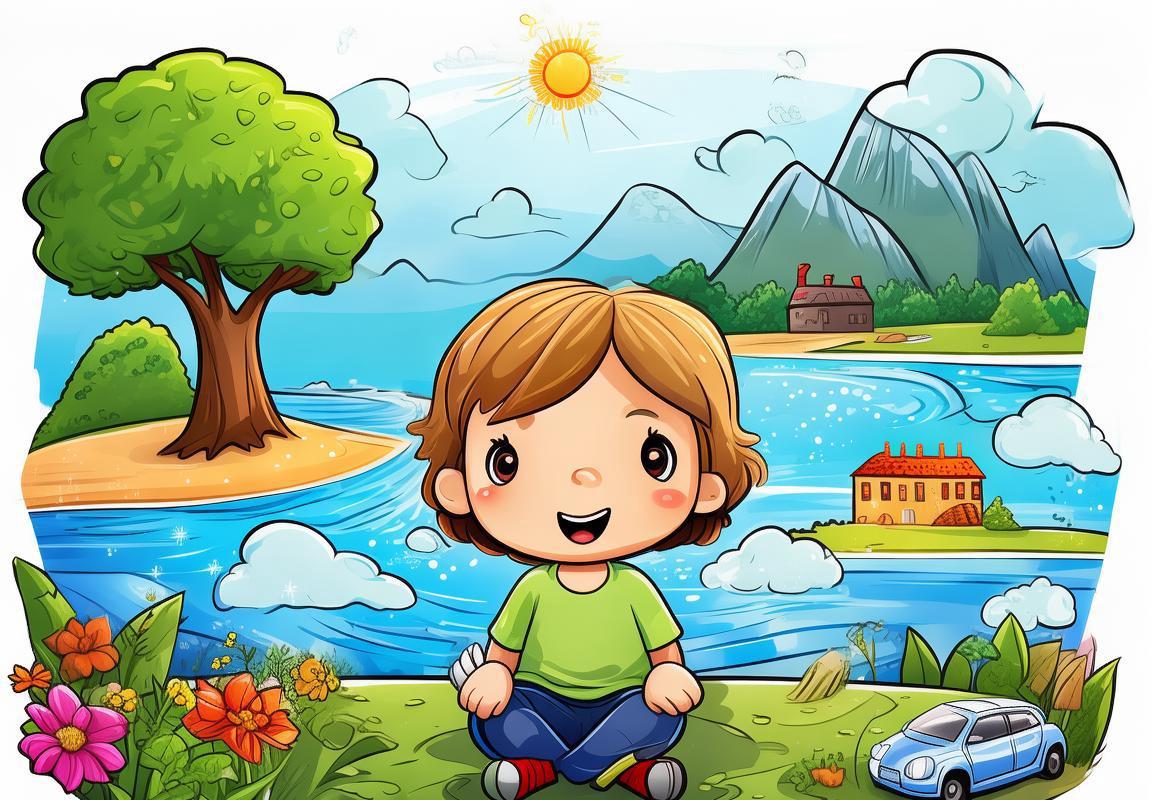
Đọc Từ Đề**: Đọc từ đề cho trẻ em nghe và yêu cầu họ tìm từ ẩn trong hình ảnh
“Alright, kids! Let’s play a fun game. I’ll show you a picture and you need to find the hidden word in the picture. Are you ready? Let’s start!”
- Image: Hình ảnh một cây xanh.
- Hidden Word: Leaves (Lá)
“Look at this picture of a tree. Can you find the word ‘leaves’? That’s right, the word is ‘leaves’. Great job!”
- Image: Hình ảnh một con sông.
- Hidden Word: Water (Nước)
“Now, let’s look at this picture of a river. What’s the hidden word? Yes, it’s ‘water’. You’re getting really good at this!”
- Image: Hình ảnh một bãi biển.
- Hidden Word: Sand (Cát)
“Here’s a picture of a beach. What do you think the hidden word is? That’s correct, it’s ‘sand’. You’re doing fantastic!”
- Image: Hình ảnh một ngọn núi.
- Hidden Word: Rocks (Đá)
“Take a look at this mountain. The hidden word is ‘rocks’. You’re a real treasure hunter!”
- Image: Hình ảnh một mặt trời.
- Hidden Word: Sky (Bầu trời)
“Now, let’s see this sunny day. The hidden word is ‘sky’. You’re doing such a great job!”
- Image: Hình ảnh một đám mây.
- Hidden Word: White (Trắng)
“Here’s a fluffy cloud. The hidden word is ‘white’. You’re really catching on!”
- Image: Hình ảnh một ngôi nhà.
- Hidden Word: Roof (Chóp nhà)
“Look at this house. The hidden word is ‘roof’. You’re doing wonderfully!”
- Image: Hình ảnh một chiếc xe.
- Hidden Word: Wheel (Lốp)
“Now, let’s look at this car. The hidden word is ‘wheel’. You’re really on the right track!”
- Image: Hình ảnh một chiếc máy bay.
- Hidden Word: Air (Khí)
“Here’s a plane flying in the sky. The hidden word is ‘air’. You’re doing great!”
- Image: Hình ảnh một vườn.
- Hidden Word: Flowers (Hoa)
“Finally, let’s look at this garden. The hidden word is ‘flowers’. You’re a star!”
Congratulations, kids! You’ve done an amazing job finding all the hidden words. Let’s play again soon!
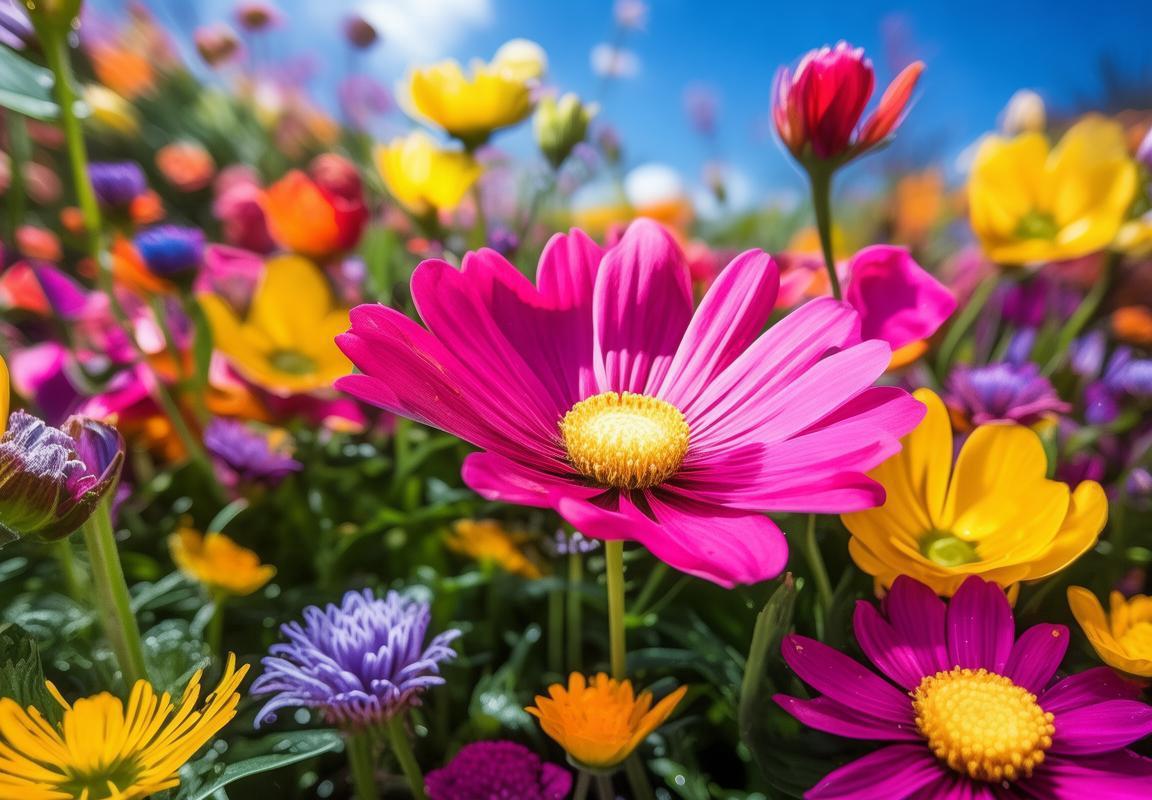
Đếm và Đọc**: Khi trẻ em tìm thấy từ ẩn, yêu cầu họ đếm và đọc lại từ đó
Tạo bài tập viết số tiếng Anh qua việc vẽ hình
Mục tiêu:
Giúp trẻ em học viết số tiếng Anh thông qua hoạt động vui chơi và sáng tạo.
materials:
- Bảng đen hoặc giấy lớn
- Bút chì hoặc marker
- Hình ảnh các đồ vật hoặc động vật có số lượng khác nhau
Hoạt động:
- Hiển thị Hình Ảnh:
- Hiển thị hình ảnh các đồ vật hoặc động vật có số lượng khác nhau trên bảng đen hoặc giấy lớn.
- Ví dụ: 3 quả bóng, 5 con gà, 2 quả táo.
- Đếm và Viết Số:
- Yêu cầu trẻ em đếm số lượng đồ vật hoặc động vật trong mỗi hình ảnh.
- Hướng dẫn trẻ em viết số tương ứng dưới hình ảnh đó.
- Ví dụ: Nếu có 3 quả bóng, trẻ em viết “3” dưới hình ảnh quả bóng.
- Kiểm Tra và Thảo Luận:
- Kiểm tra lại số lượng và số đã viết để đảm bảo chính xác.
- Thảo luận với trẻ em về cách viết số và số lượng của các đồ vật hoặc động vật.
- Hoạt Động Thực Hành:
- Yêu cầu trẻ em tự chọn hình ảnh và đếm số lượng.
- Trẻ em viết số và vẽ hình ảnh trên giấy hoặc bảng đen.
- Giải Đáp Hỏi Đáp:
- Hỏi trẻ em các câu hỏi như “Bao nhiêu?” để kiểm tra khả năng đếm và viết số của họ.
- Ví dụ: “Bao nhiêu quả bóng?” hoặc “Bao nhiêu con gà?”
- Hoạt Động Tăng Cường:
- Thêm các hoạt động như tạo các số từ các đường thẳng hoặc góc để trẻ em viết.
- Yêu cầu trẻ em kết hợp số với các từ đơn giản như “one”, “two”, “three” để tăng cường khả năng sử dụng ngôn ngữ.
Kết Luận:
Bài tập viết số tiếng Anh qua việc vẽ hình không chỉ giúp trẻ em học viết số mà còn tăng cường kỹ năng đếm và sử dụng ngôn ngữ tiếng Anh một cách vui vẻ và sáng tạo.
